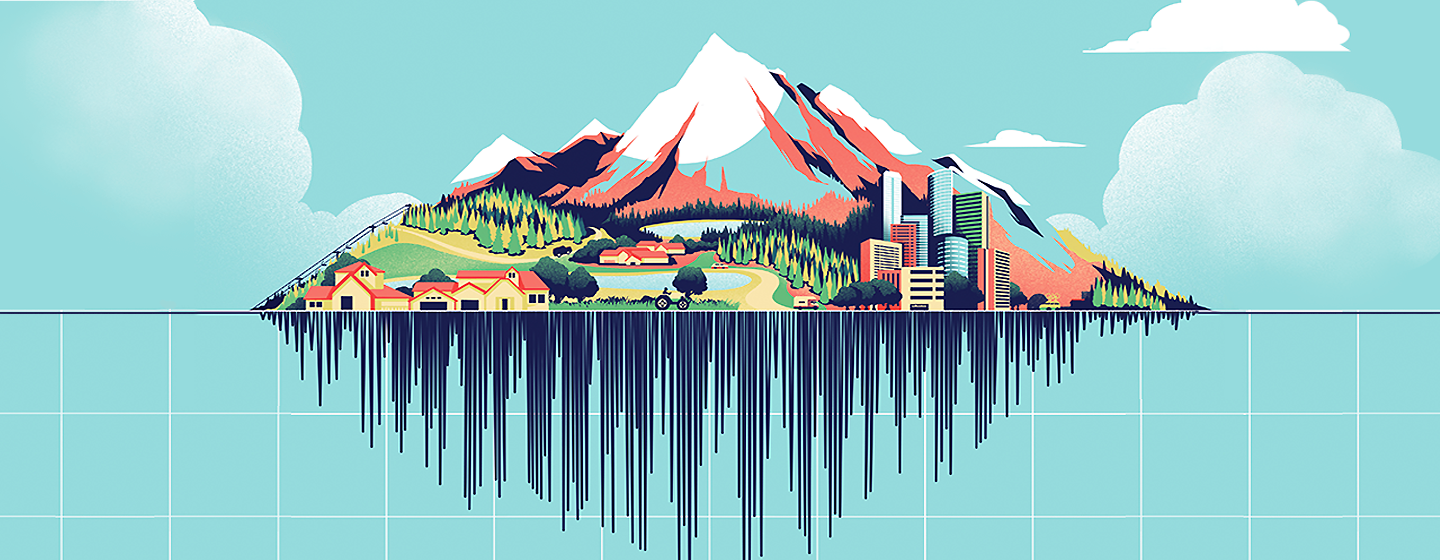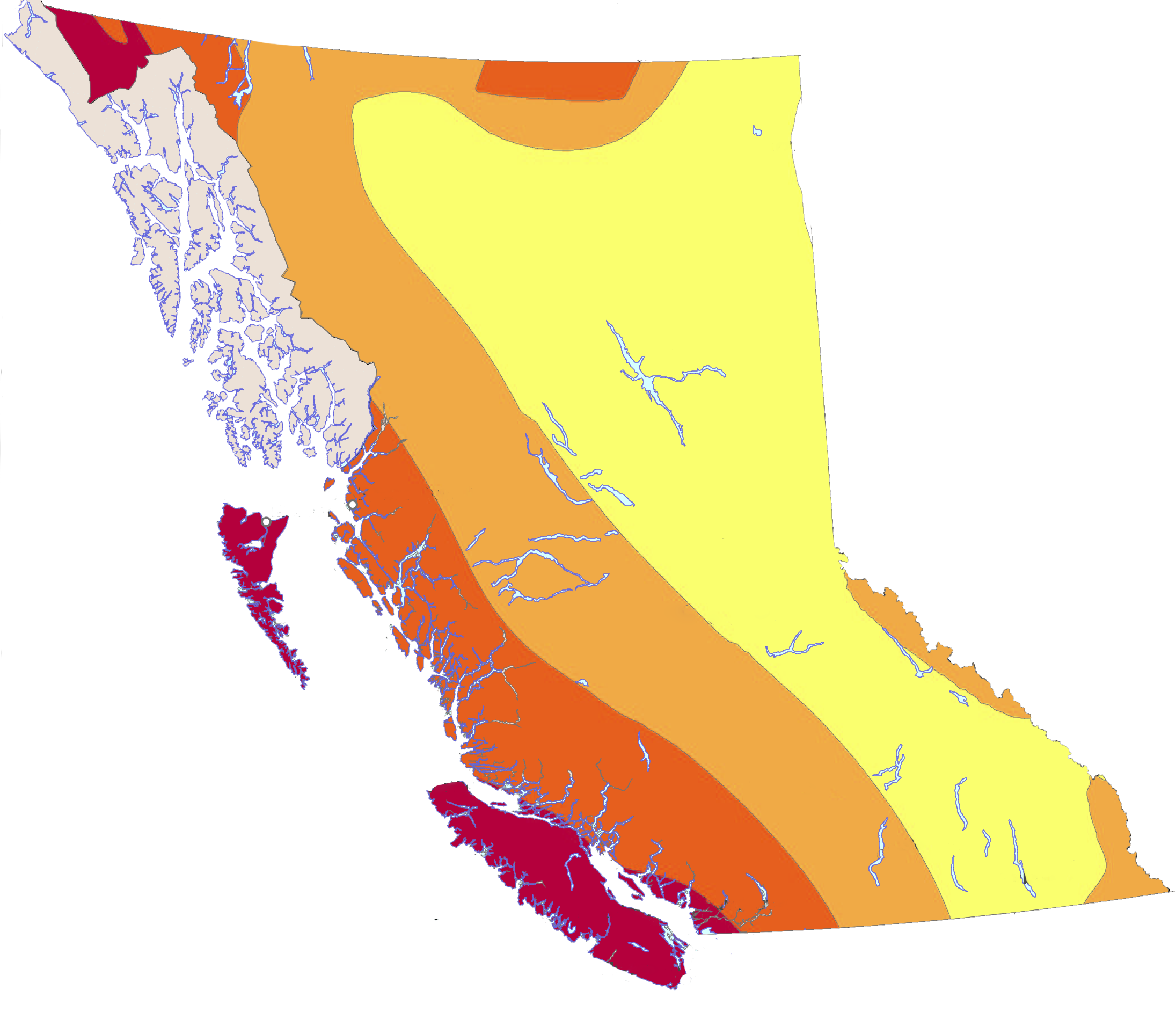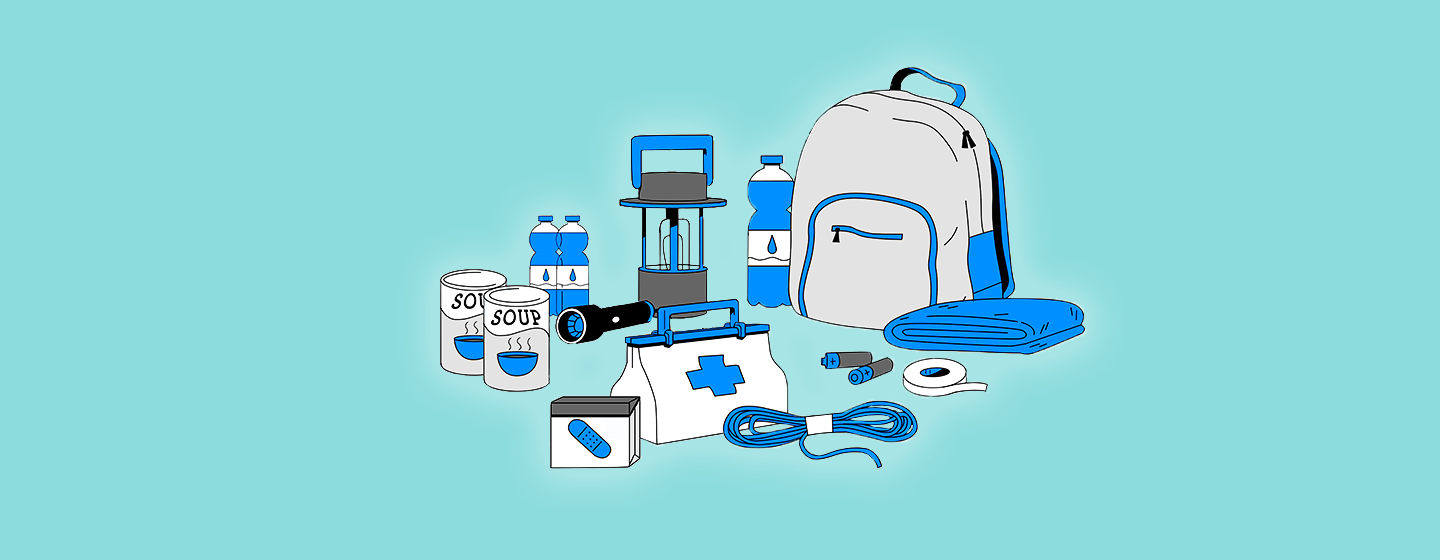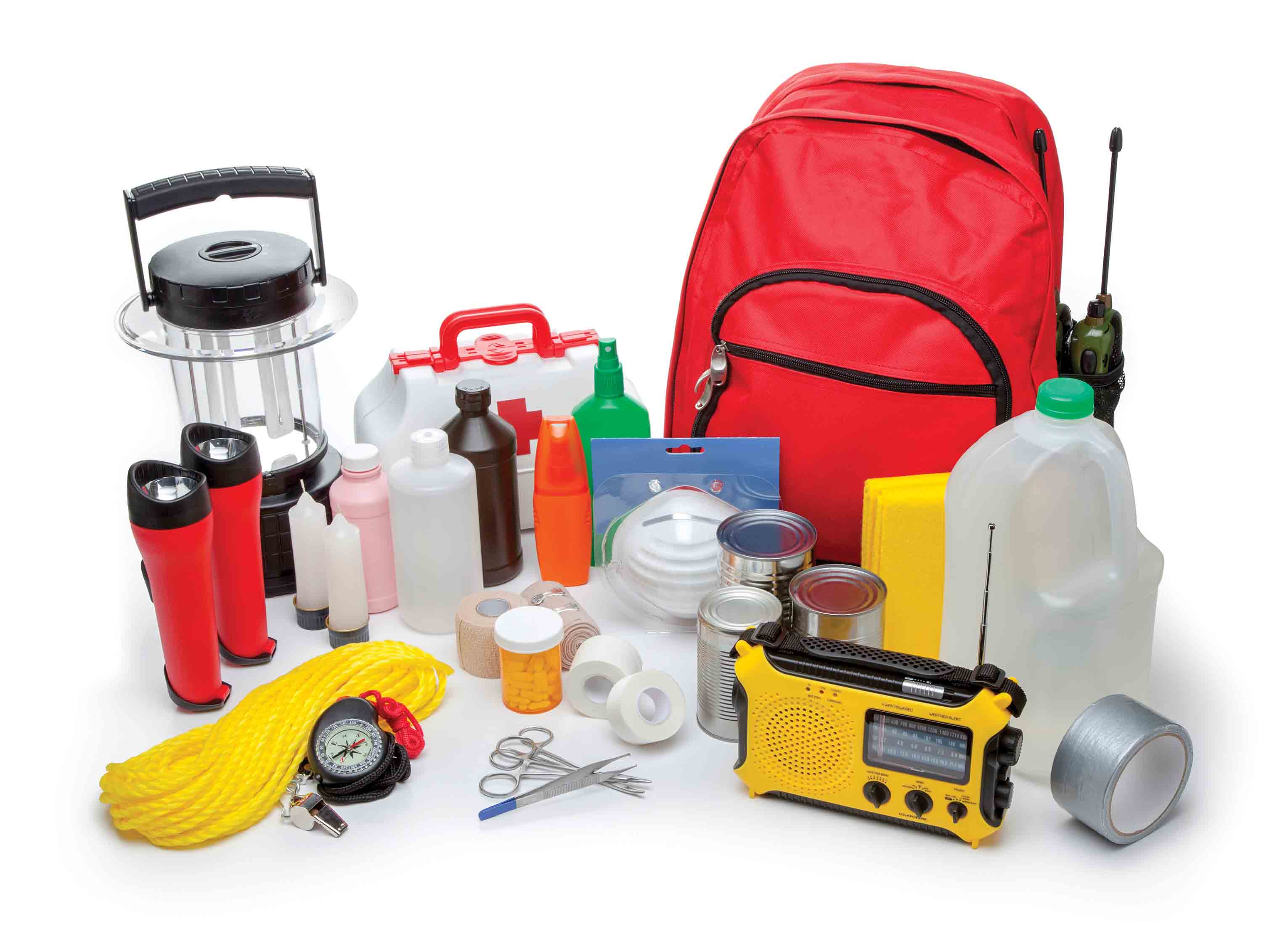Earthquakes in BC: how prepared are you?
Natural disasters are part of life on the West Coast and can strike at any moment. Preparation is the best defense, so here’s four easy steps to help protect your home and your loved ones.
Four steps to preparedness
Step 1 - Know the Hazards
Understanding the hazards in BC is the first step to being prepared. While most of the nearly 3,000 earthquakes that shake the province each year are too small or remote to be felt, seismologists believe a damaging quake in a populated area is only a matter of time. In fact, one of the biggest risks we face as British Columbians is a major earthquake.

How might an earthquake impact me?
When a major earthquake hits, there could be multiple impacts, including compromised roads, infrastructure and services (electricity, water, sewer, gas, internet, cellular), as well as damage to buildings. This could also include costly damage to your home caused by structural changes and damage to furniture and belongings.

What areas of the province are at risk?
Most of southwestern BC is considered to be at moderately high to high earthquake risk. Communities exposed to the open Pacific Ocean, such as Port Alberni, Tofino and Ucluelet, are additionally susceptible to tsunamis, while low-lying areas in Richmond, Tsawwassen and Victoria may be at risk of flooding and strong currents.
What emergency plans are in place for an evacuation?
Your Indigenous or local government is responsible for planning for and responding to emergency events within their jurisdiction. Get more information about BC’s Emergency Evacuee Guidance for the Public.
What can I do?
The best way to prepare yourself is to make sure you and your loved ones have an action plan. Having a family emergency plan will save time and make real situations less stressful.
Having a plan also includes taking the necessary steps to protect your home. Since personal injuries due to household hazards are one of the most serious risks in a major earthquake, ensure your home is earthquake ready with this list of simple actions.
Learn more about the hazards British Columbians face here.

Step 2 - Make a Plan
An emergency plan gives your family a clear direction in a stressful situation. Here are a few steps you can take to make sure you’ll be ready for whatever comes your way.
- Learn and practice the life-saving response of ‘DROP, COVER AND HOLD ON!’
- Make a list of family and emergency phone numbers, including at least one out-of-area contact, in case nearby regions are affected or local lines overwhelmed.
- Choose a meeting spot away from your home, such as a close family friend or relative’s house, library or community centre. If you have young children, identify the people who could pick them up from school or daycare in the event you can’t.
- Compile a list of emergency information sources such as local media and government websites and social media channels. Some great resources include @EmergencyInfoBC on Twitter and websites such as: Emergency Info BC, BC Emergency Alerting System - Alert Ready and Emergency Management Victoria - Vic-alert.
- Make sure you know how to switch off your utilities. Depending on the damage, you may need to shut off the main electrical breaker, water valve or gas valve.
- Store enough food, water and medication to last three to seven days. You need about four litres of water per person, per day (although children, nursing mothers and sick people may need more, and you may need to double allotments in hot weather). Pets need about 30 mL per kg of body weight per day.
- Keep a pair of shoes and a flashlight under the bed to help with navigating in the dark, and potentially on broken glass.
- Create grab-and-go bags and store them near an exit. Include non-perishable food, water, flashlights, a radio, medications, seasonal clothing, blankets, pens, paper, a phone charger, a first aid kit, cash in small bills, a local map, a whistle and important documents.
- Schedule practice emergency drills with the entire family on a regular basis.
- Get started by using PreparedBC’s Fill-in-the-Blanks Home Emergency Plan which can help you compile vital information you’ll need to respond in an emergency, as well as establish how you will communicate with loved ones if separated.
It’s important to update your emergency plan annually including the contents of your emergency kit. Here is some helpful advice on where to start and what you should include.
Get more planning tips here.

Step 3 - Build a Kit
A disaster like an earthquake can potentially leave your household on its own for several days. Prepare an emergency kit at home that can sustain you and your family for at least 72 hours.

i: Buy a ready-made kit or build your own which includes Emergency Management BC’s recommended basic essentials.
ii: Customize the kit to meet your needs. For example, regular medications, comfort items for children or food for your pet.
iii: Put your kit in a place that's easy to get to. Prepare extra kits to keep in your car and at work.
Get more detailed information here.
Give yourself peace of mind knowing that you’re prepared for anything. Visit bcaa.com/blog/disaster-preparedness for more tips and advice.
Step 4 - Make Sure You Are Covered
The right insurance policy adds another layer of security to your disaster plan, and the peace of mind knowing that you're covered in the event of an earthquake. Review your home insurance coverage and learn what’s covered in the event of an earthquake, fire or flood. You may need to add earthquake coverage, as it’s an optional extra that needs to be added to most home insurance policies. If you’re unsure if you need it, learn more about why you should add it here. BCAA Home Insurance offers comprehensive earthquake coverage as an optional add-on to provide the elevated protection your home needs in the event of a shake. BCAA Members save 10% on BCAA Home Insurance, plus you save another 5% in your first year when you buy online. To protect your home, get a quote today.
Find the right insurance coverage for your household.
Join us for the largest earthquake drill in BC on October 16, 2025 at 10:16am by registering for
The Great British Columbia ShakeOut.







